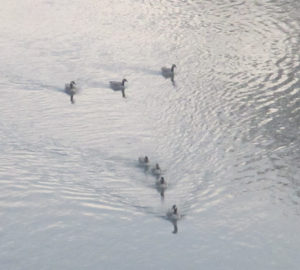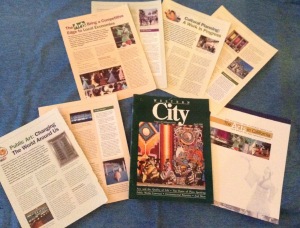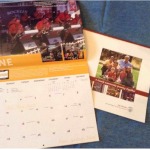Saturday December 2, 2017, 7 am 39 degrees
Sunrise glows a soft orange through heavy fog and a blanket of white clouds.
Streets are empty and quiet. The American River is nearly still. A few random leaves float lazily down river. I hear a splash to my left standing on Fair Oaks Bridge. I look over too late and see nothing. My hands are chilled, even in gloves and shake them out to get warm. As the sun rises at the horizon, the sky resembles a tapestry woven of grays, blues and a brush of the palest orange. Air streams from airplanes cross a wisp of dry gray clouds resembling a skein of unspun yarn. The orange at the horizon grows deeper as the sun begins to emerge.
 A single gull flies west and disappears into dense fog. A jet stream crosses the sky. Two walkers emerge out of the fog on the bridge. A single jogger passes.
A single gull flies west and disappears into dense fog. A jet stream crosses the sky. Two walkers emerge out of the fog on the bridge. A single jogger passes.
More gulls fly west. Their elevation is so high, I wonder if their bounty of salmon meals is coming to an end? The salmon run typically ends by mid-December.
Two Buffleheads huddle along the north riverbank, not ready for their morning swim. A few ducks are braving this chilly morning to swim in the center of the river channel. Canada Geese swim in a line swim toward the bridge. I have not seen geese in a few weeks here. I hear the distant call of one chicken living on Bridge Street, calling to anyone who can hear.
 Researcher & Writer – Interview arts leaders and champions statewide to develop a series of feature stories published in Western City and California Counties. The stories were later expanded into a booklet distributed statewide.
Researcher & Writer – Interview arts leaders and champions statewide to develop a series of feature stories published in Western City and California Counties. The stories were later expanded into a booklet distributed statewide. 
